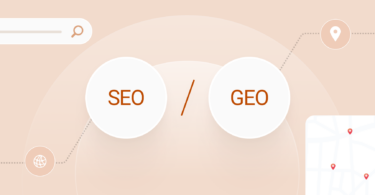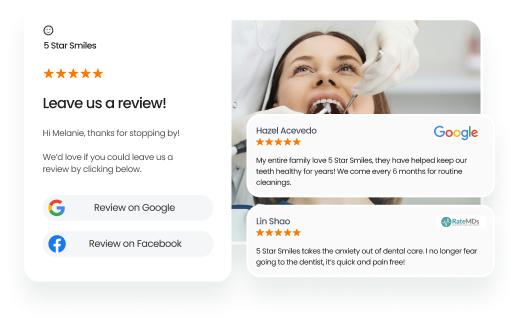Showing up online is critical to scaling a business and with investments into Local SEO, Australian businesses can ensure they stand out from their competitors and scale their enterprise across locations. However, for many multi-location businesses, keeping up with the ever-evolving local algorithms across Google, Maps, and other search engines feels like a moving target.
Without a strong local SEO strategy, even the most trusted enterprise can slip through the cracks, missing out on high-intent local searches and losing visibility to lower-quality competitors.
The good news? Local SEO Australia can be easier when you follow proven, strategic steps. In this blog, we’ll show you how to boost your local search rankings, attract more potential customers, and grow your footprint—without blowing your digital marketing budget.
Table of contents
- What makes Local SEO important for Australian businesses?
- How local SEO in Australia is different from the rest of the world
- Local SEO ranking factors (2026 update)
- Step-by-step checklist to improve your local search rankings
- Best tools for local SEO in Australia
- How local SEO is evolving in Australia in 2026
- How Birdeye helps Australian businesses rank higher
- Conclusion
- FAQs on Local SEO Australia
- Supercharge your local SEO with Birdeye
What makes Local SEO important for Australian businesses?
Local searches in Australia lead to action—fast. Whether it’s a parent searching for a nearby dentist in Parramatta or a tradie looking up hardware suppliers in Perth, Aussies use Google Maps and local search results to make real-world decisions. If your business doesn’t appear in those searches, it’s invisible to potential customers, no matter how great your products or service may be.

Here is how Local SEO impacts Australian businesses:
Improve online visibility where it matters most
When customers type in local search terms like “coffee near me” or “car repair Sydney,” they expect hyper-relevant results. These aren’t broad queries—they’re backed by purchase intent. Optimising your Google Business Profile, using the right local keywords, and ensuring your business listing appears in top local business directories like TrueLocal or Yellow Pages Australia, increases your exposure to people ready to buy.
Build trust and credibility through online reviews
Your online reputation is your digital word-of-mouth. In Australia, word-of-mouth drives trust, and online reviews are crucial in helping customers choose between you and your competitors.
A well-managed business profile with timely review responses, high star ratings, and relevant keywords can significantly boost your local search rankings.
Attract more local traffic and revenue
Local SEO doesn’t just drive organic traffic to your business website—it drives foot traffic into your physical locations too. Your business can appear first across all relevant search engines by targeting your local community with geotagged posts, localized content, and map visibility.
How local SEO in Australia is different from the rest of the world
Local SEO isn’t one-size-fits-all. What works in the U.S. or UK won’t always work in Australia—and here’s why:
Mobile-first, “near me” behaviour
Australian consumers rely heavily on mobile. This increasing reliance is also reflected in the number of consumers using voice search to find local businesses like “Plumber near me” or “Thai food open now.”
Google prioritises complete, accurate, and frequently updated Google Maps and business profiles. This makes GMB listing optimisation for local keywords and voice-search-friendly descriptions absolutely critical in the Australian context.
Unique platforms dominate local search
While Google My Business (now Google Business Profile) is still the primary player, Australia also has homegrown platforms that influence local SEO efforts.
Sites like Localsearch, TrueLocal, Hotfrog, and StartLocal act as crucial local business directories that feed data into search engines and help validate NAP (name, address, phone) consistency.
Failing to list or optimise your business profile on these directories can weaken your online visibility—even if you’ve nailed your Google presence.
Local SEO ranking factors (2026 update)
To improve your local search rankings in 2026, you must understand how search engines evaluate your relevance and trustworthiness—especially for Google Maps, voice searches, and location-based queries. Here are the core elements that influence your rankings and visibility in local search results across Australia:
Google Business Profile optimisation
Your Google Business Profile (or Google My Business) is the most important asset for local SEO. What is on your profile is the basis for Google evaluating your business for local search queries. Ensure that:
- Your business profile updated with accurate business hours, photos, categories, and services.
- Each local business profile is tailored to individual locations and adheres to your multi-location marketing strategy.
- All profiles are duly claimed, verified, and match your brand standards.
Online reviews and reputation
Your online reviews’ quantity, quality, and frequency directly impact your search rankings. This means businesses must focus on:
- Generating consistent reviews so that your profile stays active and relevant.
- Getting more positive reviews as businesses with more 4 and 5-star reviews establish authority and trust, securing higher rank in local searches.
- Respond to all reviews so that customers know that taking the time to write quality reviews is worth the effort.
Local citations and business directories
Consistent business listings across local business directories like Localsearch, TrueLocal, and Yelp Australia help search engines verify your business information. These citations reinforce your location and improve trust signals—especially when your contact details are identical across every site.
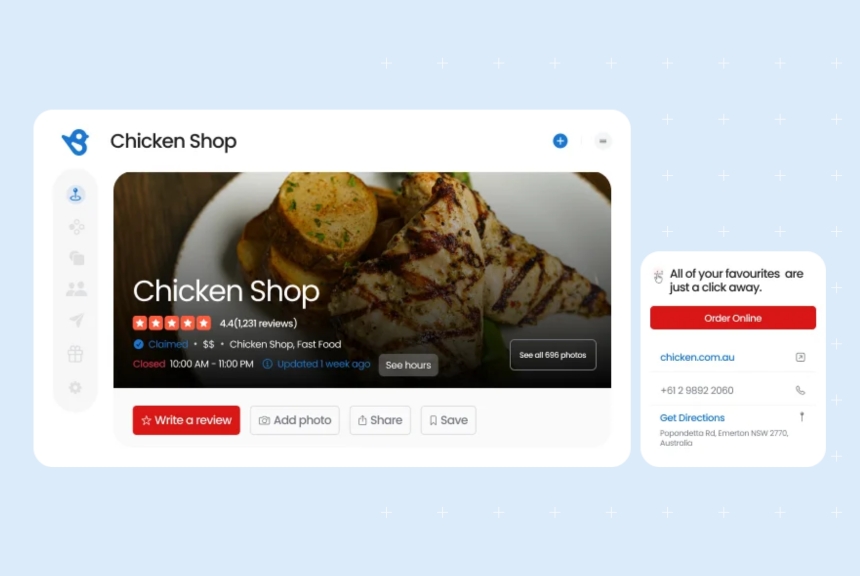
Google values location-relevant web pages that include local schema, NAP data, and internal links
Local keyword targeting and content
Using location-specific terms (e.g., “emergency electrician Brisbane”) in your headings, meta descriptions, and page content helps search engines understand which suburbs or cities you serve. Publishing content tied to local events, service areas, or neighbourhood tips improves relevance for geo-targeted local searches.
On-page local SEO signals
Optimising your business website with local landing web pages, schema markup, embedded maps, and NAP consistency helps Google match your site to local keyword intent. These signals also guide other search engines like Bing and Apple Maps in interpreting your business data.
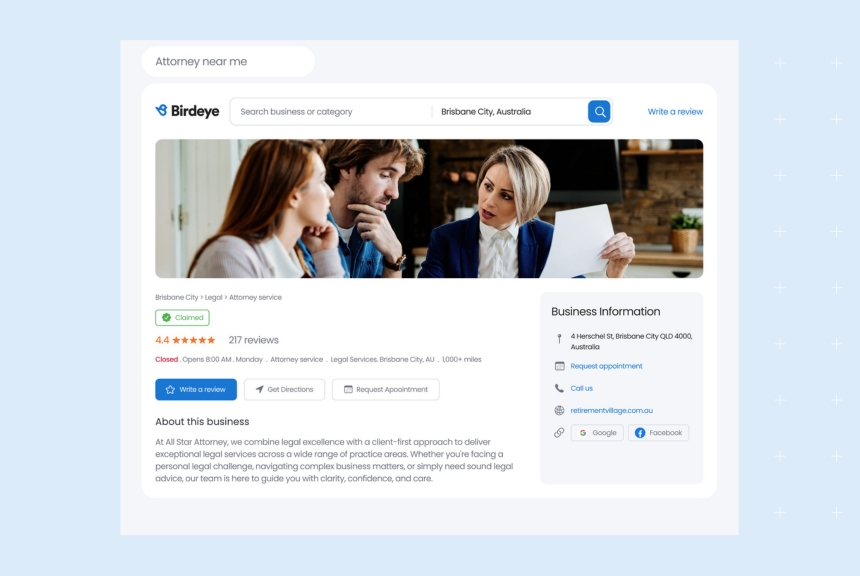
Local link building
Earning links from other local businesses, chambers of commerce, or Australian news sources reinforces your credibility in a specific local market. The more relevant local backlinks you have, the better your local SEO efforts perform over time.
Step-by-step checklist to improve your local search rankings
If you’re a multi-location business, optimising one listing isn’t enough. You need a repeatable local SEO strategy that works at scale—across suburbs, cities, and states. Use this local SEO checklist to improve your online visibility and drive growth at every location.
1. Claim and verify every Google Business Profile
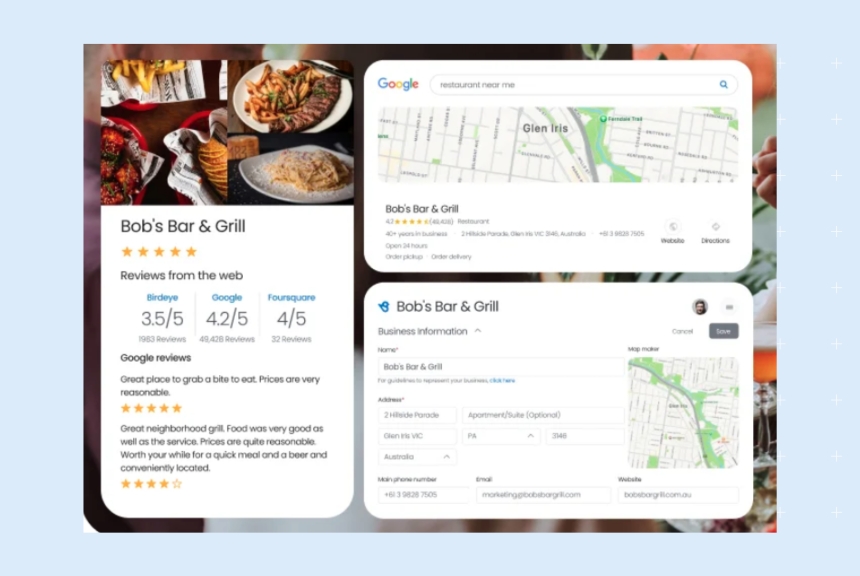
- Create or claim a separate Google Business Profile for each physical location.
- Use a consistent business name, with slight variations only if legally required (e.g., “Birdeye Dental – Canberra”).
- Based on Google’s guidelines, verify each profile via postcard, phone, or email.
- Use a GBP management platform like Birdeye to track and update profiles in bulk.
Why it matters: Verified, complete business profiles are prioritised in Google search and Google Maps—especially for “near me” and branded local searches.
2. Use consistent NAP (Name, Address, Phone) data
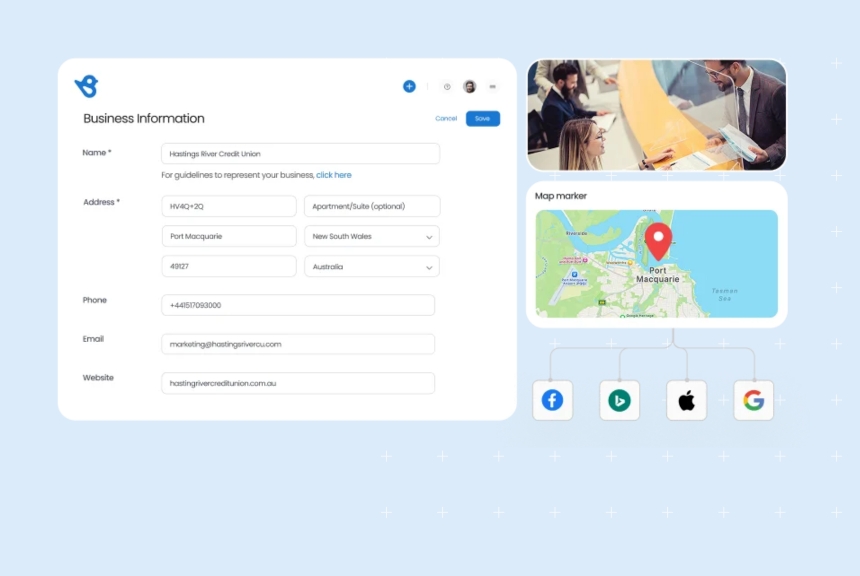
- Ensure every business listing, landing page, and directory entry uses the same formatting for NAP.
- Avoid abbreviations in some places and full words in others (e.g., St. vs Street).
- Use schema markup on your business website to reinforce NAP consistency.
Why it matters: Inconsistent contact details confuse search engines, which may lower your local search rankings.
3. Optimise categories, services, and attributes
- Choose the most accurate primary category for each location (e.g., “Physiotherapist,” not “Health Clinic”).
- Add secondary categories and location-specific services.
- Use attributes like “wheelchair accessible,” “free Wi-Fi,” or “family-friendly” where relevant.
Why it matters: Categories and services help Google match your business profile to specific local keyword searches.
4. Create location-specific landing pages
- Build individual landing pages for each branch or store with unique content, CTAs, and embedded maps.
- Include localised keywords like “cosmetic dentist in Bondi” or “vet clinic South Brisbane.”
- Add staff bios, location photos, and FAQs to humanise each location.
- Use tools like SEMrush and Birdeye to perform local keyword research and tailor your content to suburb-specific queries.
- Ensure each location page is optimised with schema, fast loading speed, and clean structure—core aspects of technical SEO.
Why it matters: Custom pages improve search engine optimisation and customer trust—leading to more conversions.
5. List your business in Australian directories

- Submit each location to trusted local directories like Localsearch, TrueLocal, StartLocal, Hotfrog, and Yelp AU.
- Use a tool to manage these business listings at scale and maintain local citations.
Why it matters: These directories feed data to search engines, validating your presence in the local community and increasing organic traffic.
6. Collect and respond to reviews—consistently
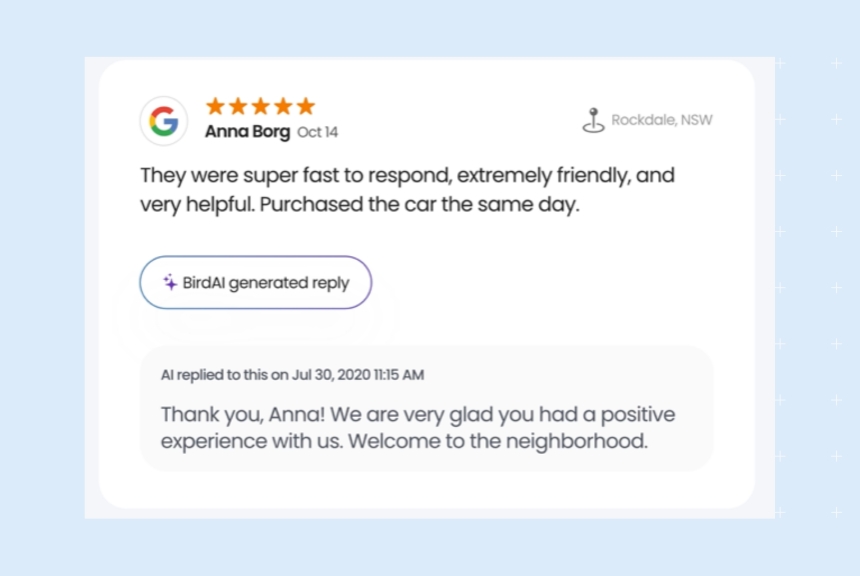
- Ask for online reviews via SMS or email after key touchpoints (e.g., visit, sale, service).
- Respond to every review—positive or negative—within 24–48 hours.
- Use AI-driven tools to monitor sentiment trends and flag issues.
Why it matters: High review volume and fast responses improve your local SEO rankings and boost trust with potential customers.
7. Publish local content regularly
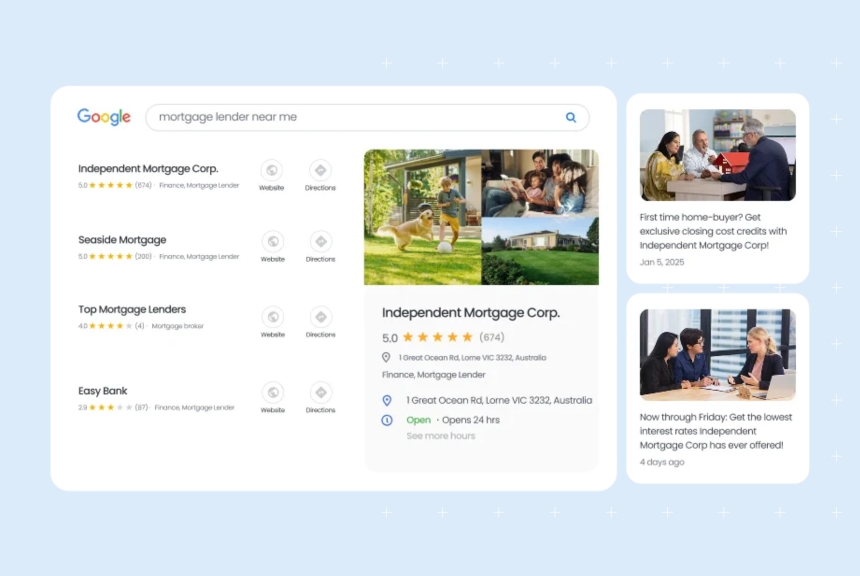
- Share weekly posts on your Google Business Profiles highlighting location offers, staff spotlights, or local events.
- Run campaigns that resonate with specific suburbs or regions (e.g., “End of Financial Year Sale – Newcastle location only”).
- Repurpose posts across social media marketing channels.
Why it matters: Active profiles and fresh local content signal relevance to search engines and engage your target audience.
8. Monitor and optimise with analytics
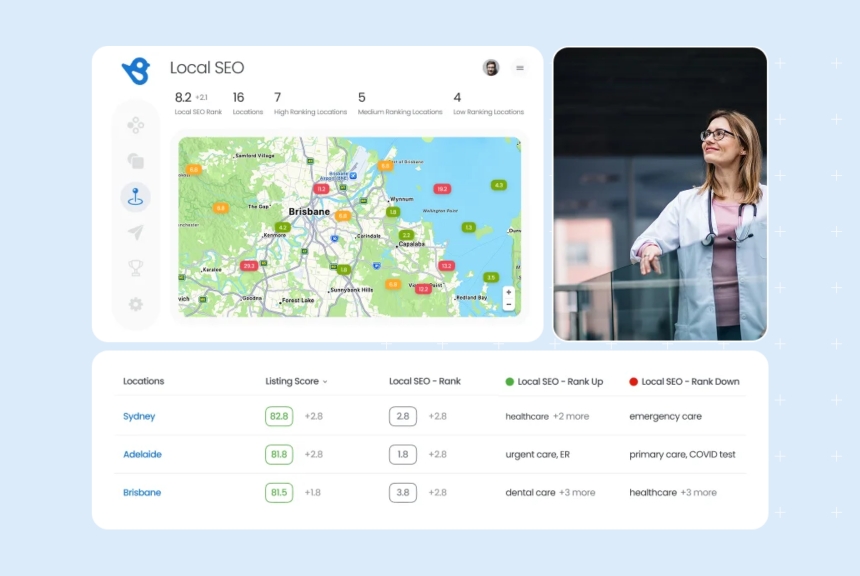
- Use tools like Birdeye to monitor impressions, clicks, direction requests, and calls per location.
- Identify underperforming profiles and prioritise fixes.
- Test variations of titles, services, and images to improve engagement.
Why it matters: You can’t improve what you don’t track. Data helps optimise every aspect of your local SEO campaigns.
When implemented together, these steps build a strong foundation for local SEO Australia success—across all your locations. With the right systems in place, you’ll improve your search engine results, attract more local traffic, and convert them into loyal customers.
Best tools for local SEO in Australia
Scaling local SEO efforts across locations isn’t possible without the right tools. Whether you’re a local business owner managing five stores or 500, these platforms help simplify optimisation, track performance, and ensure your local business profiles consistently rank.
Here’s a mix of free and paid tools to power your local SEO strategy in Australia:
Google Business Profile Manager (Free)
Consumers rely on Google and Apple Maps to find local businesses quickly and make purchase decisions on the go.
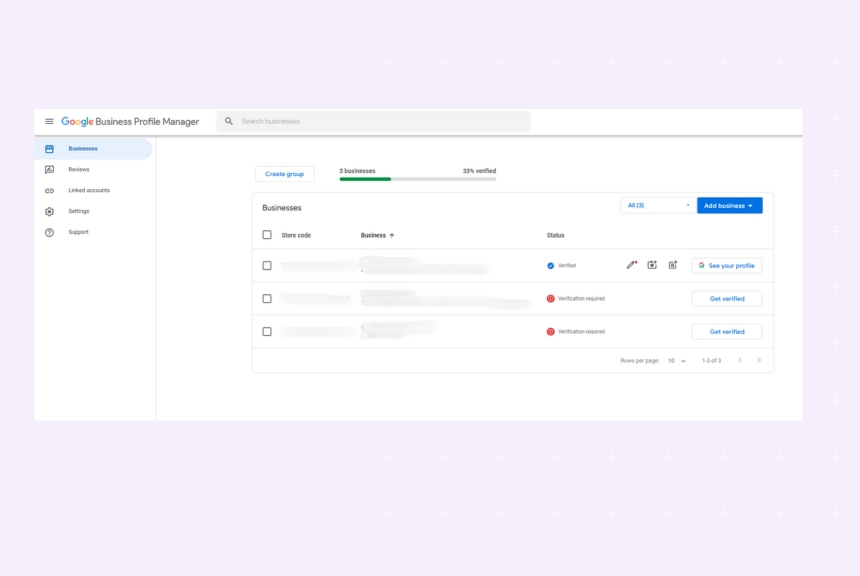
Manage all your Google Business Profiles from one dashboard. Update hours, respond to reviews, post location updates, and track profile performance for each site.
Birdeye Reviews AI, Social AI, and Listings (Paid – Recommended for Multi-location)
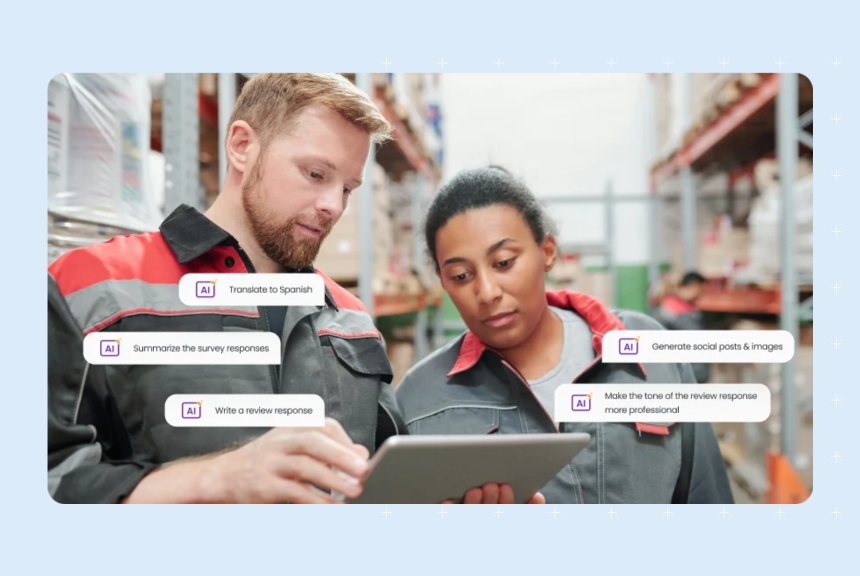
Birdeye offers an integrated suite to scale local SEO across locations; Used by agencies and local SEO experts across Australia, Birdeye makes multi-location optimisation scalable:
- Reviews AI automates review collection and responses to improve your online reputation.
- Social AI creates and schedules posts tailored to local audiences.
- Listings AI ensures your business listings are consistent across all major local directories. It also helps with keyword tracking and local keyword research, which are critical to staying ahead of competitors.
SEMrush (Paid)
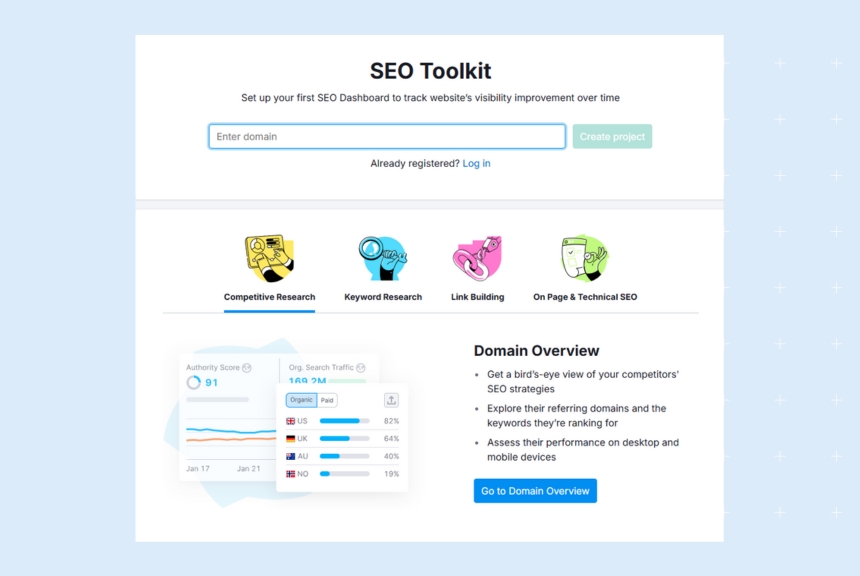
With SEMrush, you can track local keyword rankings, audit site performance, and identify content gaps. It’s especially helpful for monitoring competitors and uncovering local search terms that drive conversions.
Whitespark (Paid)
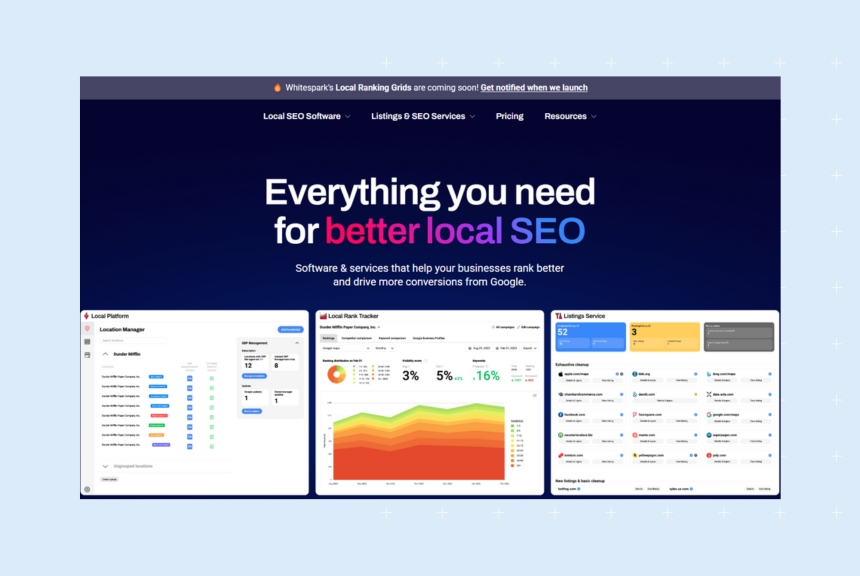
This tool specialises in local citation management, link building, and competitor monitoring. You can track your presence in AU-specific business directories and benchmark your search rankings against competitors.
How local SEO is evolving in Australia in 2026
Generative search results, voice searches, and the increased importance of branding are just a few examples of how local search behaviour is expected to change in 2026. As businesses looking to strengthen their foothold on Google, here is what you need to know about evolving local SEO trends in Australia for 2026:
More zero-click results = Google Business Profile is your new homepage
Today, many local searches don’t result in website clicks at all. Instead, customers find everything they need—photos, reviews, directions, FAQs—directly within your Google Business Profile.
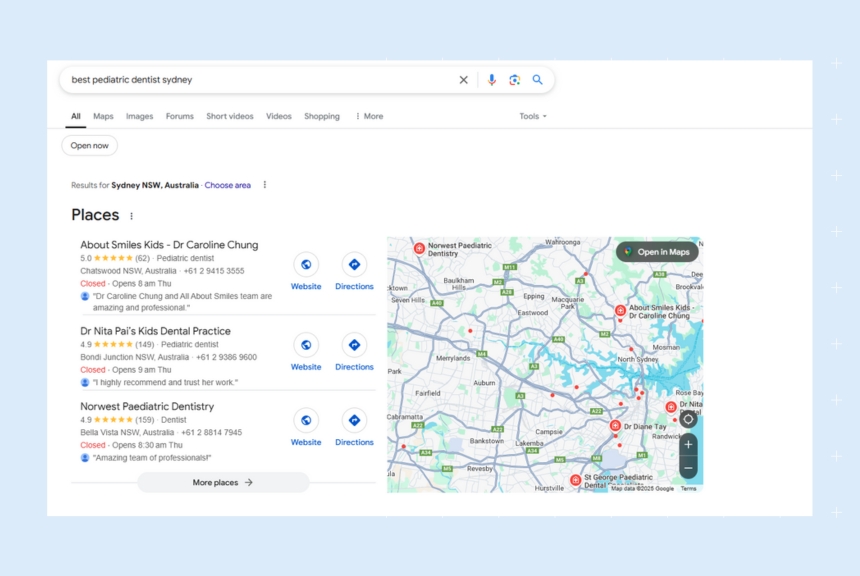
For multi-location businesses, this means your GBP listings are no longer just a directory entry—they are your first impression. It is critical to keep each profile rich with local content, Q&A, updated attributes, and fresh images.
Apple Maps is gaining traction in Australia
While Google still dominates, Apple Maps is seeing steady adoption—especially among iPhone users using Siri or CarPlay. Businesses that ignore Apple’s ecosystem miss out on high-intent mobile traffic.
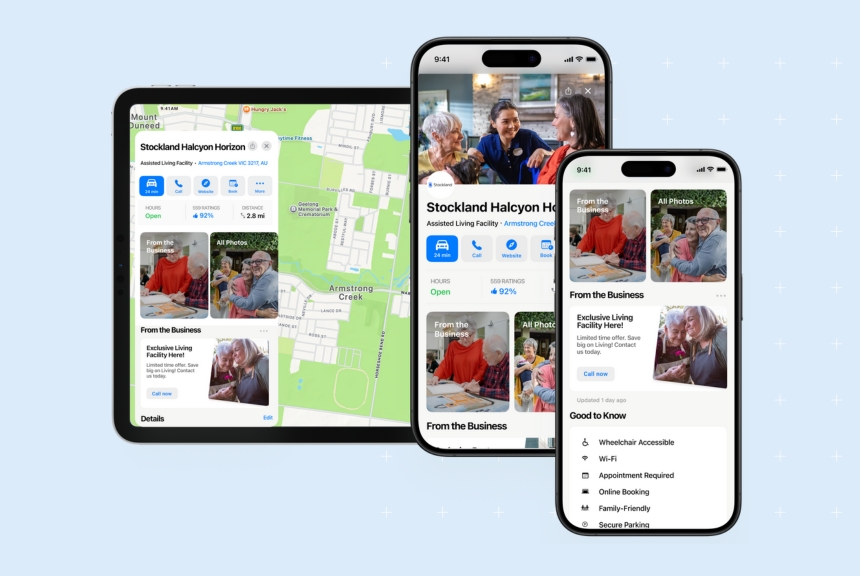
As part of your broader digital marketing mix, optimising for Apple Maps is becoming increasingly important.
To stay ahead:
- Claim your listing via Apple Business Connect
- Add photos, verify hours, and select accurate categories
- Sync updates with tools like Birdeye Listings
Show up on local search in Australian Suburbs
Want to see the impact of Birdeye on your business? Watch the Free Demo Now.
AI-generated local results (Google SGE)
Google’s Search Generative Experience (SGE) is starting to reshape how search results are displayed—offering instant AI-generated summaries that pull from reviews, business profiles, and user content.
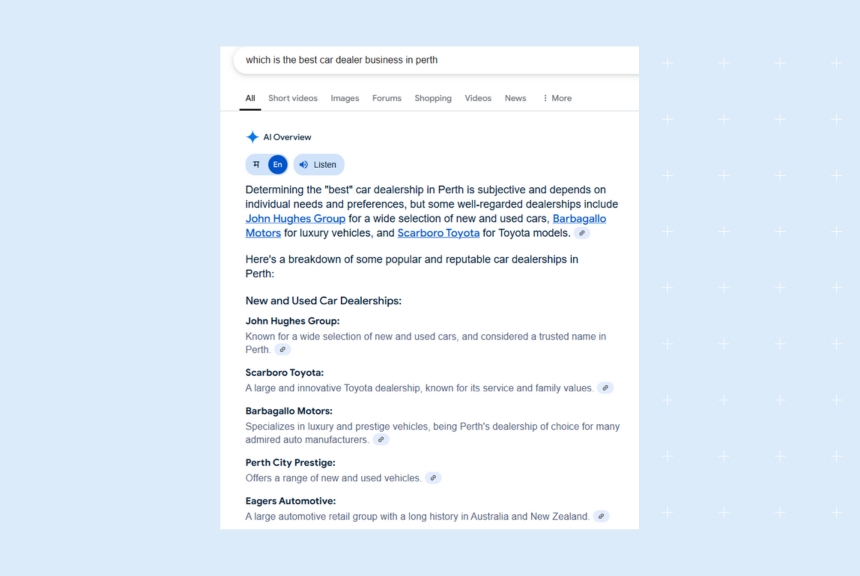
This means:
- Your online reviews, local content, and FAQs may be quoted directly in the search.
- Having clean, structured data and locally optimised content becomes even more valuable.
- Outdated or poorly managed business listings can lead to inaccurate summaries.
“Brand signals” are outweighing backlinks
Traditional search engine optimisation focused heavily on backlinks. But in 2026, brand signals—like review sentiment, social presence, and customer interaction—carry more weight for local search rankings.
Google now wants to know: Are people talking about your business? Are you trusted in your community?
Investing in online reputation management, consistent NAP data, and engaging social media marketing now pays off more than chasing link-building alone.
Customer experience signals now influence rankings
Search engines are increasingly factoring in experience-based signals like:
- Response time to reviews and messages
- Consistency of service across locations
- Review recency and diversity
- Local page bounce rates and engagement metrics
Multi-location brands that prioritise CX—not just SEO checklists—are ranking higher. This makes tools like Birdeye Reviews AI and Insights AI essential for spotting customer trends and closing experience gaps.
How Birdeye helps Australian businesses rank higher
Managing local SEO across multiple locations in Australia can quickly become complex—especially when each branch needs to stay visible, trusted, and relevant in its local area. That’s where Birdeye’s GenAI tools come in.
Birdeye is an AI company built for multi-location businesses, helping them dominate local search results by automating key parts of their SEO workflows. Here’s how:
Listings management for NAP consistency

Birdeye’s Listings tool ensures the accuracy of your business listings across 50+ platforms, including Google, Apple Maps, Localsearch, and TrueLocal.
- Automatically syncs NAP (name, address, phone) across every listing
- Flags duplicate or incorrect local listings
- Prevents data discrepancies that hurt your local SEO rankings
Reviews AI for sentiment analysis and faster response
Responding to online reviews quickly is one of the strongest local SEO signals in 2026.
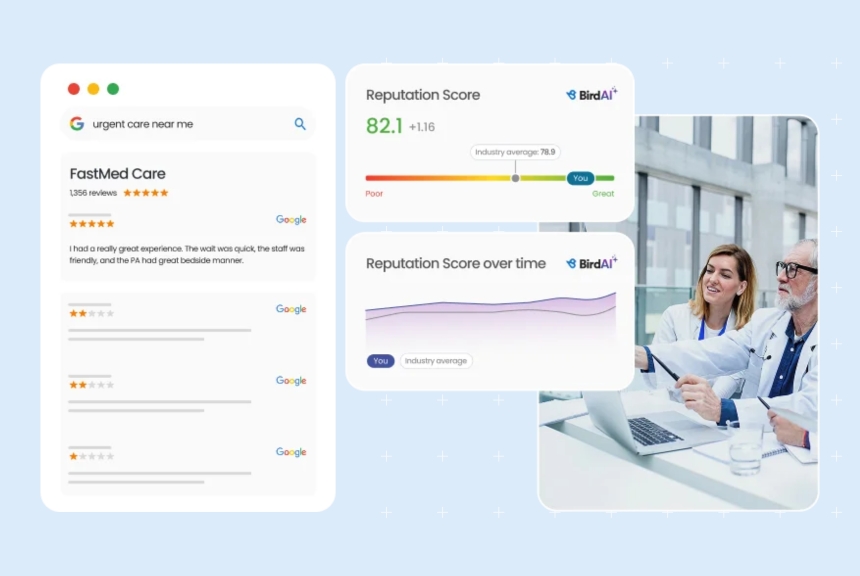
Birdeye’s Reviews AI helps you:
- Generate smart, on-brand responses instantly
- Track sentiment and keywords in reviews
- Identify patterns like service issues or praise trends
The result? Improved review response time, consistent engagement, and higher star ratings across locations.
Insights AI for local trend spotting
Want to know why your Sydney location’s ranking dropped, but your Brisbane one is climbing?
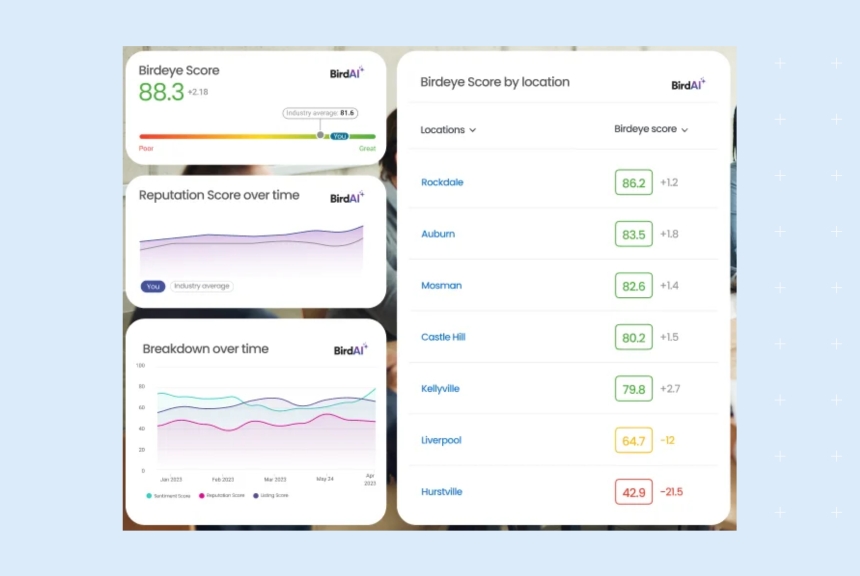
Insights AI turns unstructured feedback into clear patterns:
- Compare location performance by review sentiment, themes, or response quality
- Spot emerging issues (e.g., long wait times, pricing complaints) before they affect your Google Business Profile
- Benchmark against industry trends
Whether you manage SEO in-house or through an SEO agency, automation, and insights are key to long-term success.
Social AI for content automation
Keeping your Google Business Profiles and social pages active is crucial for local SEO—but posting across 10+ locations is time-consuming.
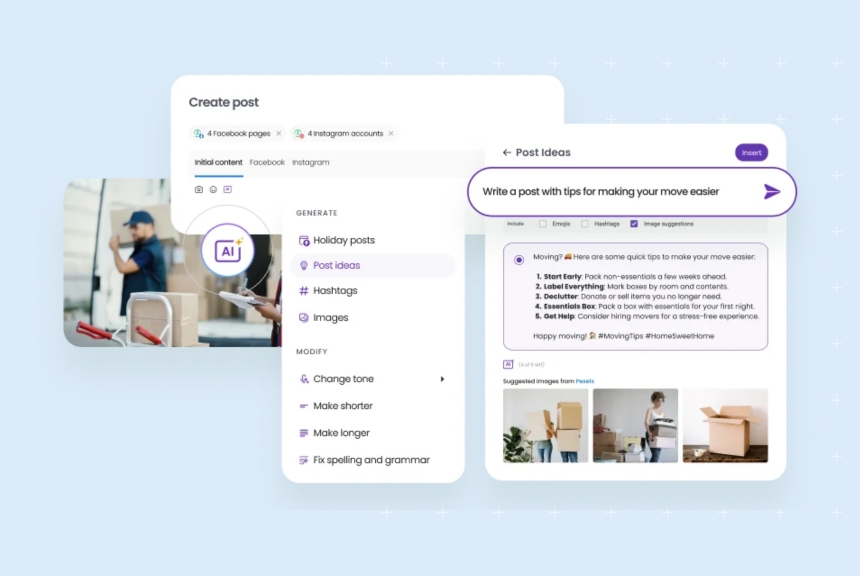
With Social AI, you can:
- Auto-generate content ideas based on industry and location
- Schedule and publish geo-targeted posts across platforms
- Create location-specific content (e.g., “Happy Hour at our Perth branch”)
Bonus: Google favours active listings in its zero-click results, and consistent posting increases engagement.
Conclusion
In 2026, winning at local SEO in Australia means more than just showing up—it means standing out. With zero-click searches rising, AI-generated content reshaping results, and customers relying on real-world signals like reviews and social proof, your strategy must be local and intelligent.
For multi-location businesses and local SEO agencies, success hinges on consistency, automation, and deep visibility into what drives rankings—from accurate listings to brand trust. The brands that optimise every location with a data-backed, experience-first approach will dominate their local markets—and convert more high-intent customers faster.
FAQs on Local SEO Australia
Optimise your Google Business Profile, use accurate NAP, post updates, and collect reviews. Submit to local directories like Localsearch to boost visibility and trust with search engines.
Top tools include Google Business Profile Manager, Birdeye, SEMrush, Whitespark, and LocalRanker. These support listings, review management, keyword tracking, and local content automation for multi-location businesses.
Local SEO costs vary: small businesses may spend $300–$800/month, while multi-location brands invest more via local SEO agencies or specialized platforms like Birdeye.
Online reviews improve rankings by increasing trust, relevance, and engagement on your business profile. Responding to reviews and optimising listings can improve your chances of showing up in Google search results for local queries.
Supercharge your local SEO with Birdeye
Birdeye is the all-in-one GenAI platform helping Australian local business owners rank higher in local search, attract more customers, and grow across every location.
Listings AI: Automatically manage and sync your business information across Google, Apple Maps, Localsearch, TrueLocal, and 50+ directories—so your profiles are always accurate and visible.
Reviews AI: Collect and respond to reviews effortlessly using AI, build trust, and improve your local rankings through a stronger online reputation.
Insights AI: Spot trends, monitor customer sentiment by location, and turn feedback into smarter SEO decisions.
Competitors AI: See how you stack up in your local area and uncover opportunities to outrank rivals.
Social AI: Automate and schedule local posts that boost engagement and keep your Google Business Profiles active.
See it in action. Book your free demo today.

Originally published
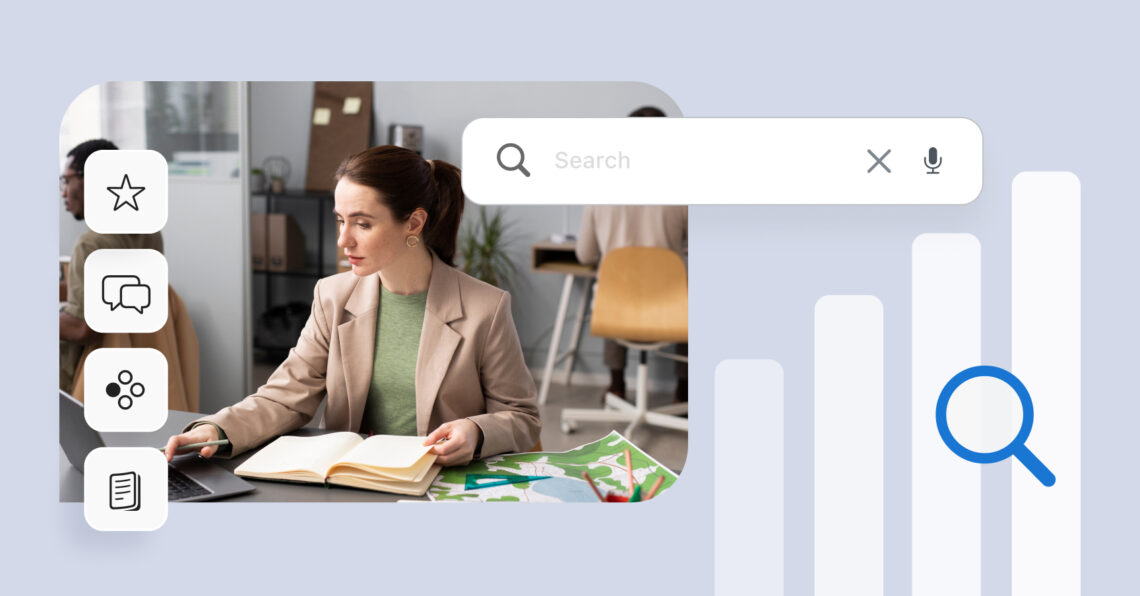



![[Feature image] Local SEO mistakes -what’s holding your business back from ranking locally](https://birdeye.com/blog/wp-content/uploads/Feature-image-Local-SEO-mistakes-whats-holding-your-business-back-from-ranking-locally-375x195.jpg)
